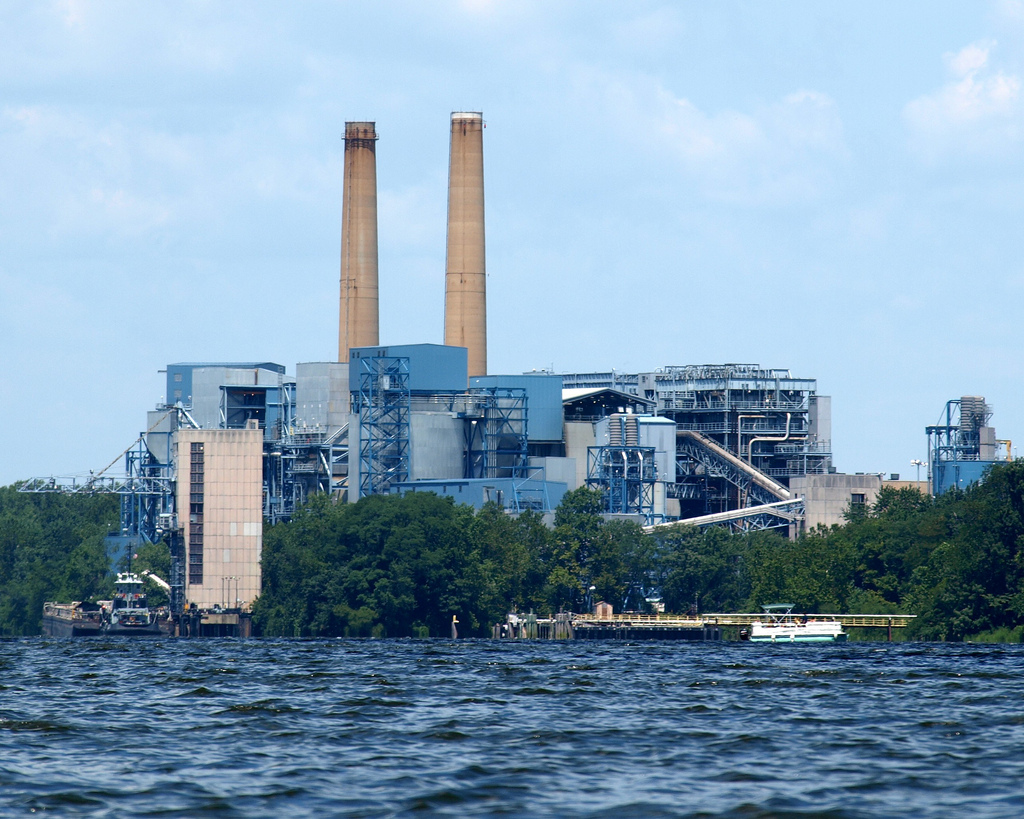Project Summary
Full Summary
PSEG Fossil, LLC retained Najarian Associates in 2011 to conduct hydrothermal modeling in support of the NPDES Permit renewal for the Bridgeport Harbor Generating Station (“Station”) in Bridgeport, Connecticut.
County: Fairfield
Town: Bridgeport, CT
PSEG Fossil, LLC retained Najarian Associates in 2011 to conduct hydrothermal modeling in support of the NPDES Permit renewal for the Bridgeport Harbor Generating Station (“Station”) in Bridgeport, Connecticut.
Bridgeport Harbor Study Goals
The primary goal of the study was to characterize the spatial and temporal distribution of temperature increases in Bridgeport Harbor due to the Station’s thermal discharges over a range of hydrologic conditions, hydrodynamic conditions, and Station operations.
Najarian used the excess temperature characterizations and a coordinated biothermal assessment to determine whether the Station is protective of the Balanced Indigenous Community (BIC).
Technical Services
Hydrothermal Modeling
To support the model application, Najarian designed a new field-monitoring program. The NJ engineering firm then analyzed field data to characterize local hydrography, hydrodynamics, climatology, and spatial extent of the Station’s plume under prevailing conditions.
To characterize non-surveyed conditions, Najarian customized a three-dimensional hydrothermal model (RMA-10) to the receiving waters.
Scenario Simulations
Najarian utilized the calibrated and verified model, complete with new field data, to characterize the Station’s thermal plume for operating scenarios. They chose these scenarios to reflect primary factors that control the size, shape, and movements of the Station’s plume.
For each scenario of simulated excess temperatures, Najarian displayed the resulting model outputs of spatial and temporal distributions in the form of plots and tabulations to clearly illustrate results.
Bridgeport Harbor Study Results
Model results supported a predictive biothermal assessment that the Station’s thermal plume is protective of the BIC.
Technical Services
- Hydrothermal Modeling
- Scenario Simulations
- Field Sampling Design
- Dye Tracer Experiments


